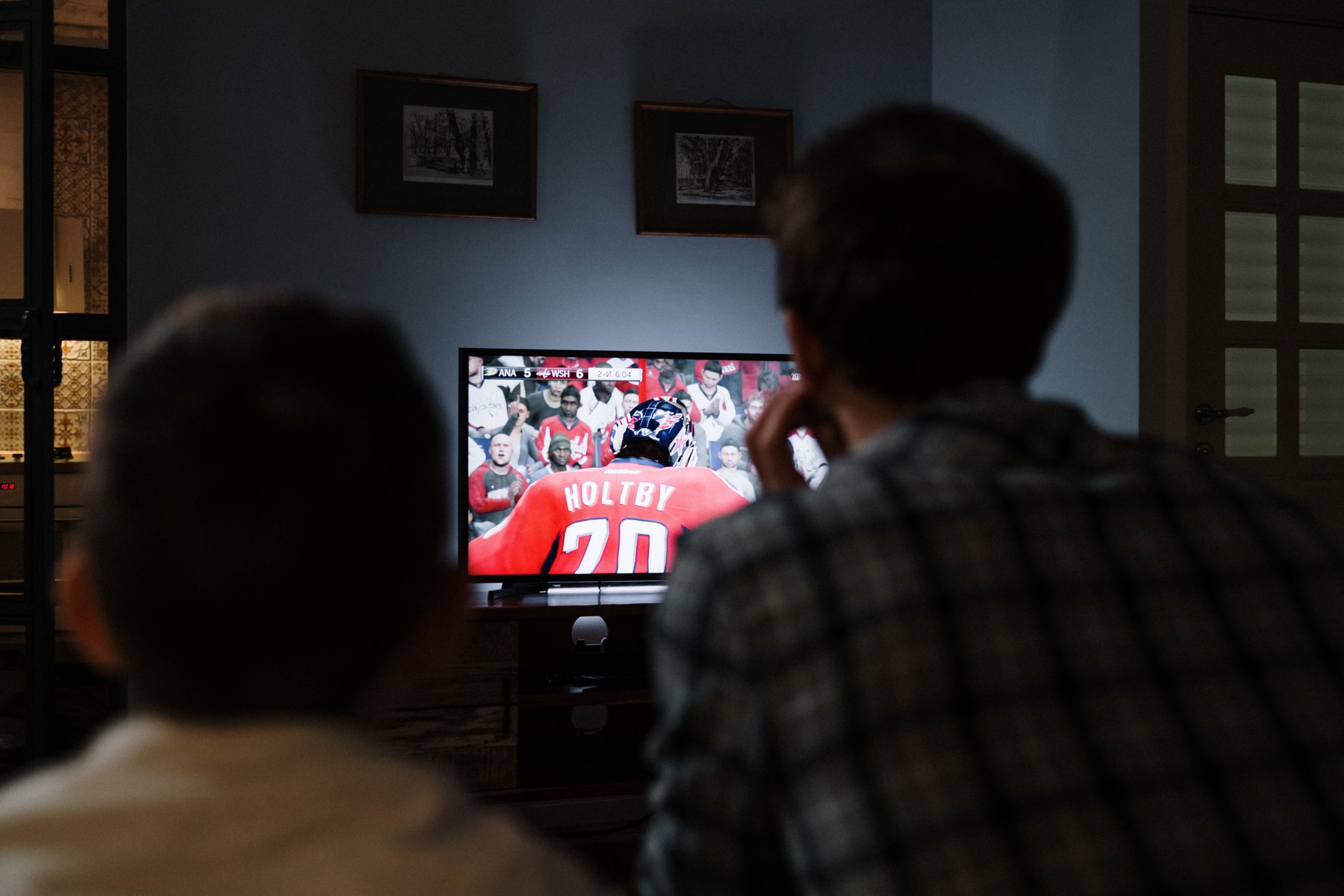Despite common misconceptions, TV Advertising is still extremely effective and popular amongst many companies. TV marketing and advertising can help expose your brand, products, and services to a wider audience and drive conversions. Determining the best time to advertise on TV, however, requires strategic planning and understanding of viewer habits throughout different times of the year.
The best time to advertise on TV advertising is often linked to specific seasons or events that draw high viewership. Each period of the year offers unique advantages for TV marketing campaigns. Keep reading to learn why!
The Best Time to Advertise on TV:
1. Event-Driven Peaks
Major sporting events like the Super Bowl attract millions of viewers and provide an unparalleled platform for advertisements. This is the biggest football game of the year!
The weeks leading up to such events also see a significant spike in viewership as people tune in to watch their favorite teams in the playoffs. This offers a captivated audience for your commercials and advertisements.


What makes the Super Bowl so appealing for advertising? It has one of the largest live television audiences and is one of the few remaining events where people are not just skipping through the ads. Having an engaged and captivated audience is rare, so take advantage of this opportunity! Just to put things into perspective, in 2022, roughly 99 million people watched the Super Bowl, and in 2023, the viewership spiked to 115 million!
2. Post-Holiday Season


These slower times are great for focusing on building brand awareness, too. A smart, well-crafted television campaign can develop, and, over time, viewers will come to know who you are and what you stand for. No other form of advertising does this better than TV. When other companies are slowing their advertising after the holiday season, you can jump in and take advantage of this opportunity to be seen and heard.
Additionally, you can use the January and February months to find new customers through your TV advertisements. You should have more time to dig deeper into the market and competitive research.
3. Seasonal Shows and Series Premieres
Advertising during popular TV series premieres or seasonal shows can also be effective. These periods often attract dedicated viewerships, offering a consistent audience for your ads.
The launch of a new season or series often generates significant buzz and anticipation among viewers. This excitement translates into higher engagement levels, making it an opportune time for you to capture audience attention.
Another benefit of advertising during these shows is the ability to attract specific demographics by aligning your ad with a show whose viewership mirrors your target audience. That way you can tailor your message more effectively and increase its relevance.
So, what is the best time to advertise on TV?
The best time to advertise on TV varies depending on your specific goals and target audience. While some periods offer higher viewership due to events or seasonal trends, the effectiveness of your campaign also depends on how well it aligns with your audience’s interests and habits.
Why should you advertise on TV?
TV marketing campaigns help to boost your company’s overall credibility by exposing your brand, products, and services to a large, diverse audience. People spend time with television, and it attracts loyal viewers to things like local news, live entertainment, sports, and popular serial shows. By advertising for loyal viewers, you can create loyal customers.
If you’re considering a TV advertising campaign, now is an excellent time to start planning. Whether targeting event-driven peaks, seasonal shows, or any other high-viewership periods, Nartak Media Group is here to guide you in crafting an effective TV marketing strategy.
Contact us today to explore the best opportunities for your company and get your message across to the right audience at the right time.
















